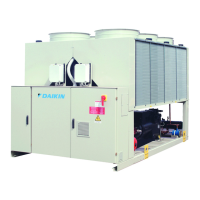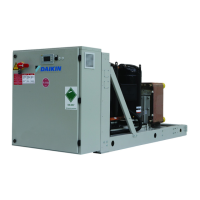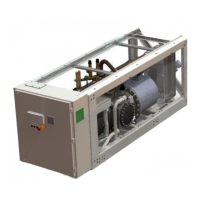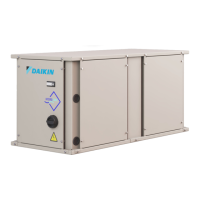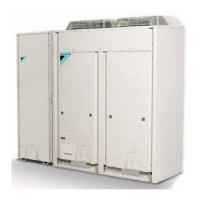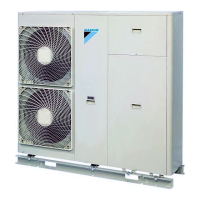What to do if Daikin EWYD-BZ Chiller unit trips due to Phase-Voltage Monitor (PVM) or Ground Protection (GPF) failure?
- SSheri GonzalezSep 3, 2025
If the unit trips due to a Phase-Voltage Monitor (PVM) or Ground Protection (GPF) failure, a manual reset of the alarm will be required to restart the unit.
